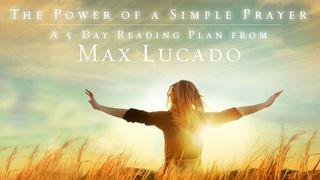More Than a CarpenterSample

Gospel: Fact or Legend?
The New Testament provides the primary historical source for information about Jesus. Because of this, in the past two centuries many critics have attacked the reliability of the biblical documents. There seems to be a constant barrage of charges that have no historical foundation or that have been proved invalid by archaeological discoveries and research.
For example, German critic Ferdinand Christian Baur (1792–1860) assumed that most of the New Testament Scriptures were not written until late in the second century AD. By the twentieth century, however, additional archaeological discoveries had emerged. William F. Albright, who was the world’s foremost biblical archaeologist, writes,
"We can already say emphatically that there is no longer any solid basis for dating any book of the New Testament after about A.D. 80, two full generations before the date between 130 and 150 given by the more radical New Testament critics of today."*1
One of the major charges against the critics’ concept of oral tradition development is that the period between the New Testament events and the recording of them is not long enough to have allowed the alterations from fact to legend that these critics allege. Simon Kistemaker, professor of New Testament emeritus at Reformed Theological Seminary, writes, “Normally, the accumulation of folklore among people of primitive culture takes many generations; it is a gradual process spread over centuries of time.”*2
A. H. McNeile, former Regius Professor of Divinity at the University of Dublin, also points out that critics do not deal with the tradition of Jesus’ words as closely as they should. In the Jewish culture it was important that a teacher’s actual words were carefully preserved and passed down. For example, 1 Corinthians 7:10, 12, and 25 show the existence of a genuine tradition and the careful preservation of it. It was customary for a Jewish student to memorize a rabbi’s teaching. A good pupil was like “a plastered cistern that loses not a drop” (Mishna, Aboth, ii, 8).
Hence, as Jeffery L. Sheler, religion writer for US News & World Report, writes, “The Bible and its sources remain firmly grounded in history.”3
1. William F. Albright, Recent Discoveries in Bible Lands (New York: Funk and Wagnalls, 1955), 136.
2. Simon Kistemaker, The Gospels in Current Study (Grand Rapids, MI: Baker, 1972), 48–49.
3. Jeffery L. Sheler, Is the Bible True? (New York: HarperCollins, 1999), 41.
Scripture
About this Plan

Is Jesus really the Lord he claimed to be? In this thought-provoking two-week devotional, featuring insights from the modern classic More Than a Carpenter, you’ll read key arguments for faith from a skeptic turned believer. Josh McDowell set out to disprove the claims of Jesus Christ. But the evidence he found suggested exactly the opposite. So weigh the facts. Experience God’s love. And then watch what happens.
More
Related plans

Case For Christ Reading Plan

Billy Graham's the Reason for My Hope
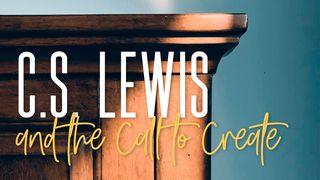
C.S. Lewis And The Call To Create
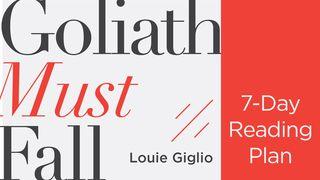
Goliath Must Fall: Winning The Battle Against Your Giants
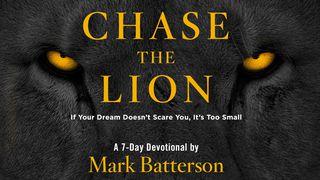
Chase The Lion
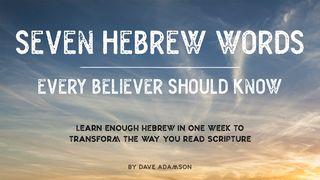
7 Hebrew Words Every Christian Should Know
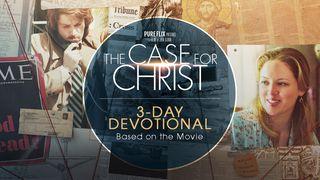
The Case For Christ

Easter Artifacts
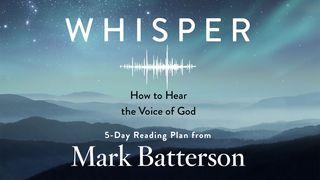
Whisper: How To Hear The Voice Of God By Mark Batterson
